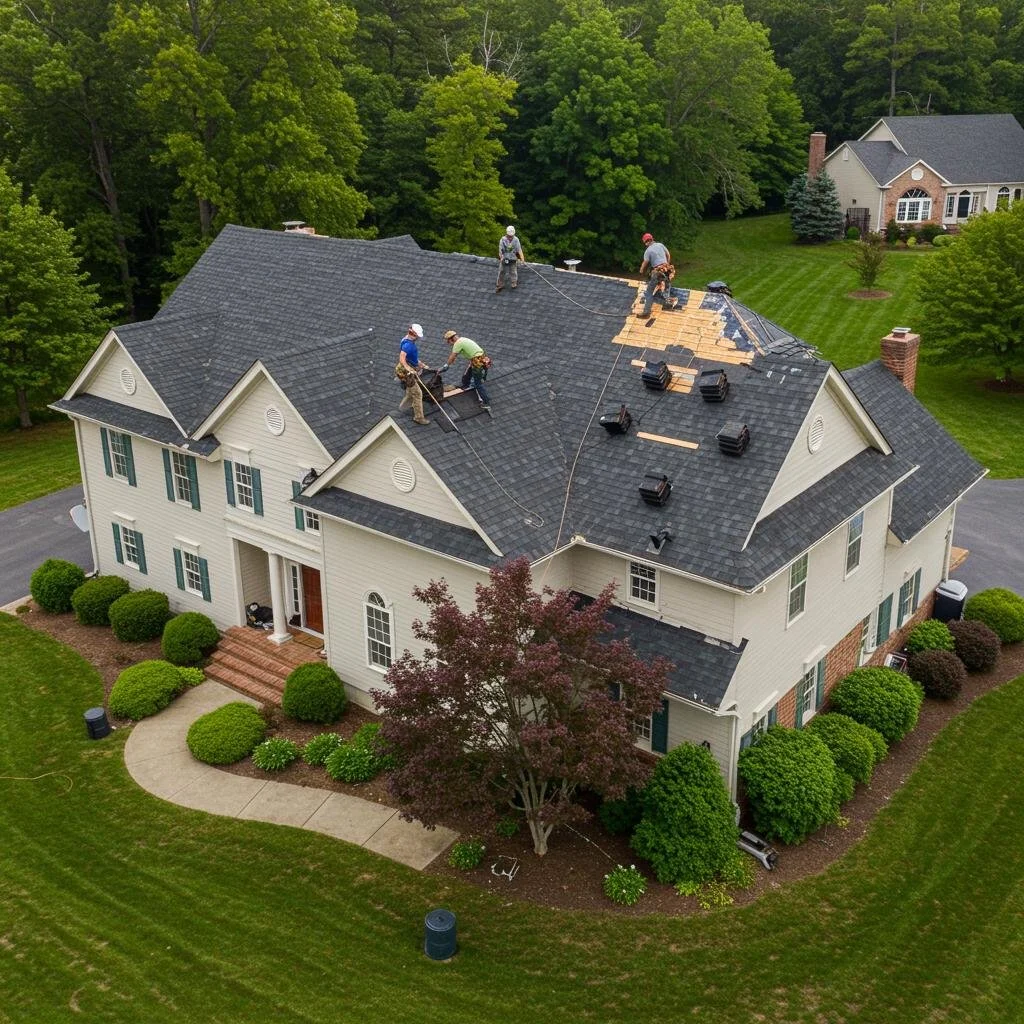Understanding Infrastructure: How Deep Are Gas Lines Buried?
Gas lines are an integral component of the infrastructure in any contemporary urban area. These lines play a crucial role in supplying a dependable source of energy for heating, cooking, and other fundamental activities essential for daily living. Nevertheless, it is important to note that gas lines can pose potential safety risks if they are not correctly installed and regularly maintained to ensure the well-being of residents and the community.
In this article, we delve into the essential regulatory guidelines established to ensure that gas lines are fully compliant with stringent codes, all designed to prioritize the safety and well-being of residents. We explore how these regulations play a crucial role in maintaining the integrity and security of gas distribution systems, underscoring the paramount importance of adherence to these standards to safeguard both individuals and communities.
No. 1
General Guidelines: How Deep Are Gas Lines Buried?
One crucial factor to take into account during the installation of gas lines is the optimal depth at which they need to be buried to ensure safety and efficiency.
The depth at which gas lines are installed depends on a variety of factors, including the type of soil, the climate, and the local building codes. In general, gas lines are buried at a depth of at least 18 inches, but they may need to be buried deeper in certain situations.
For example, if the gas line is located in an area with heavy foot or vehicle traffic, it may need to be buried deeper to prevent damage. Additionally, in areas with freezing temperatures, gas lines may need to be buried deeper to prevent them from being damaged by frost heave.
It is important to note that gas lines should only be installed by licensed professionals who are trained to follow the appropriate safety procedures. Any excavation work should also be done carefully to avoid damaging the gas line or other underground utilities.
By following these guidelines and ensuring that gas lines are buried at the appropriate depth, cities and homeowners alike can ensure the safe and reliable delivery of natural gas to communities and homes.
No. 2
Regulatory Guidelines: Federal Regulations
The federal government has set forth specific regulations governing the proper installation and ongoing upkeep of gas lines to ensure safety and compliance.
The Pipeline and Hazardous Materials Safety Administration (PHMSA) is responsible for overseeing the safety of gas pipelines that cross state boundaries or are located in areas under federal jurisdiction. According to PHMSA regulations, gas lines must be buried at a minimum depth of 12 inches in rural areas and 18 inches in urban areas.
However, the required depth may vary depending on factors such as soil type, climate, population density, and other relevant considerations. In addition, it is crucial to note that the regulations also mandate that gas lines must be clearly marked with warning signs to effectively mitigate the risk of accidental damage during excavation activities.
These precautions are essential to ensure the safety of individuals and the integrity of the infrastructure in the surrounding area.
No. 3
State and Local Codes
In addition to federal regulations, each state and local government has its own set of codes and regulations for gas line installation and maintenance.
These codes often include specific requirements for the depth of gas lines, as well as guidelines for the materials and methods used in installation.
For example, the California Public Utilities Commission (CPUC) requires that gas lines be buried at a depth of at least 12 inches, with additional depth required in areas with heavy vehicle traffic or other potential hazards. The CPUC also requires that gas lines be made of materials that are resistant to corrosion and other forms of damage.
It is important to note that failure to comply with these regulations can result in serious consequences, including fines, legal liability, and even injury or death. Therefore, it is essential that gas line installers and maintenance personnel are knowledgeable about these regulations and follow them carefully to ensure the safety of both themselves and the general public.
No. 4
Installation and Depth Requirements
Residential Areas
In residential areas, gas lines are typically buried at a depth of 12 to 18 inches. This depth requirement ensures that the gas lines are protected from accidental damage caused by digging or landscaping. In addition, this depth requirement allows for easy maintenance and repair of gas lines.
Commercial and Industrial Zones
In commercial and industrial zones, gas lines are typically buried at a depth of 24 to 36 inches. This depth requirement is necessary to protect the gas lines from heavy equipment and machinery commonly used in these areas. The deeper depth also allows for more complex gas line systems to be installed.
Agricultural Land
In agricultural land, gas lines are typically buried at a depth of 18 to 24 inches. This depth requirement ensures that the gas lines are protected from damage caused by plowing and other agricultural activities. The deeper depth also allows for the installation of gas lines in areas with uneven terrain.
It is important to note that these depth requirements may vary depending on local building codes and regulations. It is always recommended to consult with a licensed plumber before installing gas lines.
Takeaways
Understanding gas line installation requirements at both the federal and local levels is crucial for ensuring safety, compliance, and efficiency in any construction project.
Federal regulations such as the National Fuel Gas Code (NFPA 54) set standards for the design, installation, and maintenance of gas piping systems to safeguard against hazards. On the local level, building codes and regulations may impose additional requirements to address specific geographical, environmental, or structural considerations.
By being well-versed in these regulations, contractors and homeowners can prevent costly mistakes, reduce risks of accidents or leaks, and ultimately contribute to a safer living and working environment for everyone involved.






























